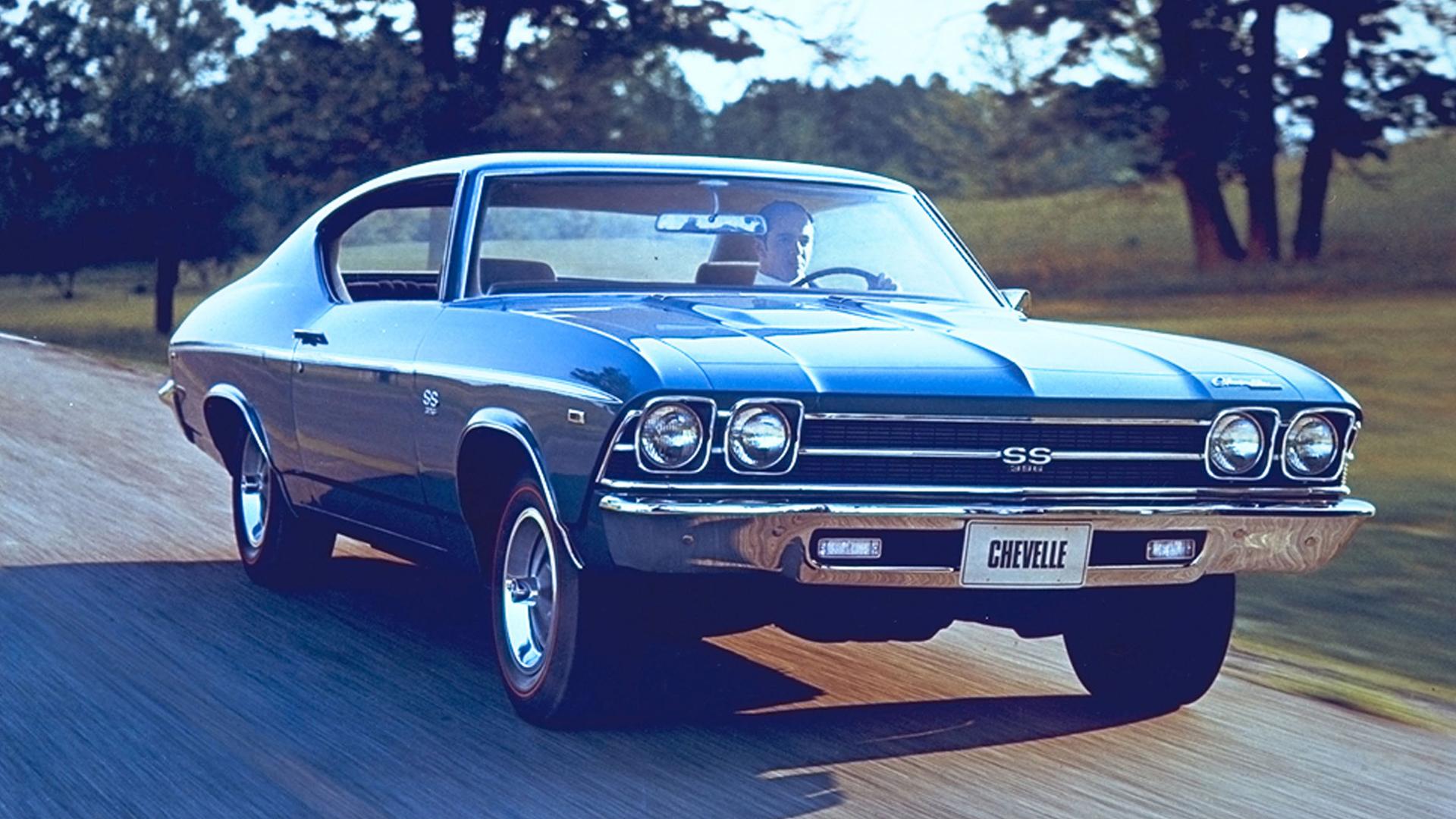
The debate continues, whether you are looking for a fun sports car of a muscle car. The Dodge Challenger is a muscle car that has an attitude unlike anything else on the road, and the sixth-generation Camaro is a sporty sports car in a pony-car suit. With its relaxed attitude, and spirited performance, the Ford Mustang occupies a middle ground.
Dodge Challenger
The Dodge Challenger is a great choice if you are looking for a unique car that is fast and distinctive. Both models are unique, but the Dodge Challenger retains that classic muscle car spirit. The Challenger is the largest, most powerful muscle car and has been available for more than a ten years. The car has also gained popularity over the years. Its interior has more space than the Mustang or Camaro and you won't feel cramped.
The Challenger is a premium vehicle with superior comfort. The interior features leather upholstery, power adjustable seating, and optional heated or ventilated front chairs. Leather-wrapped steering wheels add to the car's luxurious feeling. The Challenger has more passenger and cargo space. The Challenger can hold up to five people and boasts 16.2 cubic feet of cargo storage. It's a good choice for drivers who are looking for a vehicle that offers plenty of space for their friends.

Ford Mustang
If you're looking for a midsize muscle car, there are two great options available - the Ford Mustang and Dodge Challenger. Both vehicles are V8-powered and will have you screaming for more. Officially, the Mustang will use 13.3 liters for every 100 kilometers while the Challenger will burn 14.2 liters for every hundred kilometers. However, both cars use premium fuel. You can find better cars if the price is right for you.
Both the front and side airbags are standard on both vehicles. Both vehicles come with standard automatic high-beam headlights. They also have adaptive cruise control, blind spot monitoring, blind-spot tracking, and rear cross traffic alert. Both cars are equipped with standard seatbelts and four-wheel antilock braking. The Mustang comes standard with a rear parking sensor. The Mustang comes standard with a rear parking sensor.
Chevrolet Camaro
The Dodge Challenger and Chevrolet Camaro can both compete for horsepower. While the Camaro may be more powerful and more expensive, it can also be easier to drive. Camaro is more powerful than the Challenger, and also has a premium interior. Camaro comes with a wide flat-bottom steeringwheel and unique ventilation controls. Challenger also has an excellent interior.
The Challenger offers comfort with a heated exterior mirror and a center armrest at the seat. Camaro has neither. The Challenger's central folding armrest gives rear passengers more space and can be used as a physical barrier between parents and children. The Challenger is equipped with dual zone air conditioning. This allows both the front passenger as well as the driver to choose from a different temperature. The Challenger is also more spacious for cargo.

Dodge Challenger Hellcat
When comparing the Ford Mustang and Chevrolet Camaro, the Dodge Challenger is an obvious choice. The engine, which is based upon the 6.4-liter Apache, generates 797 horsepower. It also has 707 pound-feet. It is about half the weight of a Ford Edge fully loaded, at 4,527lbs.
The Ford Mustang Shelby GT500 won almost four seconds in the Edmunds drag racing race. The Dodge driver misplaced his gearshift and used the first gear for launch, leading to a lower finish. The Camaro driver tried manual, and managed to pull off a surprise and pass the Mustang before reaching the finish.
FAQ
What qualifications do I need to be a truck mechanic?
This job requires you to be a skilled mechanic, although you do not need any formal training. You are a valuable asset as you can quickly diagnose and solve problems efficiently.
Your knowledge of diesel technology will allow you to identify the parts that are required to fix our vehicles.
What is the best way to learn about car mechanics
For an auto mechanic job, you don’t have to be an expert in cars. All you need to know is how to fix things. This is why most people get started with simple jobs such as changing brake pads or tires. Then they move on to more difficult repairs.
You'll need to know how to read diagrams, understand written instructions and follow basic rules of good practice. It is also important to know how to determine if parts are damaged or need to be replaced.
You should not attempt to fix vehicles without proper training and guidance. This is especially true for expensive components, such as transmissions and engines.
Although you won't have to know much about automobiles, you must be familiar with the basics of mechanical engineering as well as physics. This means understanding the principles behind how engines work and how brakes function.
You should also be ready to handle all kinds of situations. If your vehicle has been in an accident, you might need to be able to handle it. You will also need to be able to deal with accidents and breakdowns.
Finally, you must be willing to learn new skills quickly. Not only will you need to be capable of diagnosing problems, but you also need to be able perform simple maintenance tasks like tightening nuts.
Is being an auto mechanic a promising career choice?
For those who are passionate about excellence, automotive is a rewarding industry. This field requires hard work and the willingness to learn from others.
Communication skills are important as customers and coworkers will often be your main focus. You should also be willing to travel and work long hours, making commuting difficult.
If you're interested in pursuing a career in automotive, consider taking classes at community colleges and universities. Many schools have programs that are specifically tailored for students who are interested in automotive sales, repair, and customer service.
Studying mechanical engineering is an option if you're interested in pursuing a degree. You can earn a bachelor's in as little four years.
Many employers will also hire graduates straight from school. It's a smart idea to begin looking for work while you have the opportunity to study part-time.
After your education is complete, you will probably need some training in order to become an automotive technician.
This means that you must pass the Automotive Service Excellence exam. This test covers engine maintenance and brakes as well as suspension.
After passing the ASE test you can apply for a National Institute for Automotive Service Excellence (NIASE) license.
A license allows you to perform repairs on vehicles owned by private individuals. You'll get compensation based on the amount of services you perform.
Not all states require licensing. A license is required if you plan on working outside of your home state.
Some states won't issue licenses until you have completed a certain amount training. If you are one of these people, you might need to look for another alternative.
How long is an apprenticeship for an automotive mechanic?
The apprenticeship to become an automotive mechanic takes about three years. This includes two years at school and two years working as an apprentice. The first year of training is spent in the trade. This includes theory and practical skills as well as safety procedures. This year, you will also learn how to safely and efficiently use tools. After the completion of the first year, you will spend another year on the job training. Here you'll gain valuable experience in different trades. These are also the times you can attend formal courses.
The final year is dedicated to earning certifications and qualifications in the field. These include NVQs. They are awarded after passing exams on specific topics within the industry. The HNCs (Higher National Certificates), on the other hand, cover general subjects like customer service and management. Finally, there are City & Guilds certificates that are offered for those who wish to become qualified in certain trades.
How do I prepare to be a mechanic apprentice?
It is essential to understand what you are getting into. You should be familiar with the mechanics of cars, and how they work. You will be able to know exactly where to begin when you arrive at the garage for your first day.
Also, you need to know how fix simple problems, such as tires and lights that aren't working.
This should help you learn how to diagnose issues and repair them yourself.
To put the pieces back together, you will also need to understand how they fit together.
Finally, you need to be able to safely and efficiently use tools.
These are all things that will make you a competent mechanic.
What is the distinction between a mechanic or an automotive technician?
Both are related, but they are not the same. A mechanic repairs cars and an automotive technician performs maintenance.
A mechanic must possess good manual dexterity, and be able perform simple tasks efficiently. A mechanic should also be able accurately diagnose and repair problems.
An automotive technician must be more technically proficient than a mechanic. They must be capable of reading blueprints and using tools such as drills, wrenches, etc.
They should be able safely to perform complex procedures. They must also be familiarized in different types and electrical systems.
They must also understand the interplay of different parts.
As a result, a mechanic usually earns less money than an automotive technician. But there are many opportunities for both jobs.
Statistics
- The U.S. Bureau of Labor Statistics (BLS) reports that the job outlook for automotive service technicians and mechanics is expected to decline by 4% from 2019 to 2029. (indeed.com)
- Apprentice mechanics earn significantly less hourly than mechanics who have completed training, with a median wage of approximately $14.50 an hour, according to PayScale. (jobhero.com)
- 52% of Mechanics in the United States think their salaries are enough for the cost of living in their area. (indeed.com)
External Links
How To
How to be an Automotive Technician
An automotive technician is responsible for vehicle maintenance and repair. He/she is employed at automobile dealerships, garages, service centres, and auto shops. He/she assists customers in fixing their cars, trucks or motorcycles. An automotive technician must be capable of diagnosing problems and making repairs safely, accurately and efficiently.
If you want to be an automotive technician, you need an associate degree from vocational school. After completing this program, he/she will need to pass the National Institute for Automotive Service Excellence's (ASE) certification exam. ASE stands as American Society of Mechanical Engineers. There are two parts to the ASE certification exam. One section tests mechanical knowledge; the second section tests practical skills. You will need to attend an authorized testing site in order to pass the test. These testing sites can be found online and through your local dealer.
After passing the test, a candidate must pass a state examination before becoming licensed as an automotive technician. It varies depending on the location of the applicant. Some states require that applicants attend a training class, while others allow them freedom to study at their own pace. In addition, some states license technicians immediately after they receive their license, while others wait until they have completed at least six months of employment as an automotive technician.
Apply to your local dealership to become an automotive technician. Most new employees work as apprentices after they have been hired. Apprenticeship programs typically last three to four years. The apprenticeship program teaches students how to change oil, adjust brakes, replace tires, clean spark plugs, inspect engine compartments, and perform routine maintenance. Some students will learn advanced repair techniques, such as changing shocks, installing air filters, and replacing engines. Many schools offer classes during normal business hours. However, there are some schools that offer evening classes for those who need them.
Once a student is done with his/her apprenticeship he/she can become a master journeyman. Journeymen can spend up to five years learning how major systems work, including transmissions, differentials. They also learn how to adjust steering gear and suspensions. They also learn to perform complex repairs, such as remanufacturing engines, rebuilding transmissions, and troubleshooting electrical components. Many employers prefer to hire Journeymen because they understand the job well.
A candidate who passes all the necessary exams and gets a license might be interested in opening his/her own business. According to Bureau of Labor Statistics, there were almost 1.7 million available jobs in the automotive mechanic field in 2010. This number was expected increase 18% between 2009 - 2020. The candidate should expect to invest thousands of money in equipment and supplies if he/she decides to start his/her shop.
There are many factors that affect the salary of an automotive technician, such as where they live, their education and experience. A jobless person can expect to make $20,000 per year. An individual with a high school diploma can earn about $21,000 per annum. Earnings for those with an associate's diploma are approximately $24,000/year. A technician with a bachelor's degree earned approximately $27,000 annually. A master's degree earns around $32,000 per a year. Salary increases are common so professionals who make less than $30,000 a year could realistically expect to earn $40,000 over the next few years.